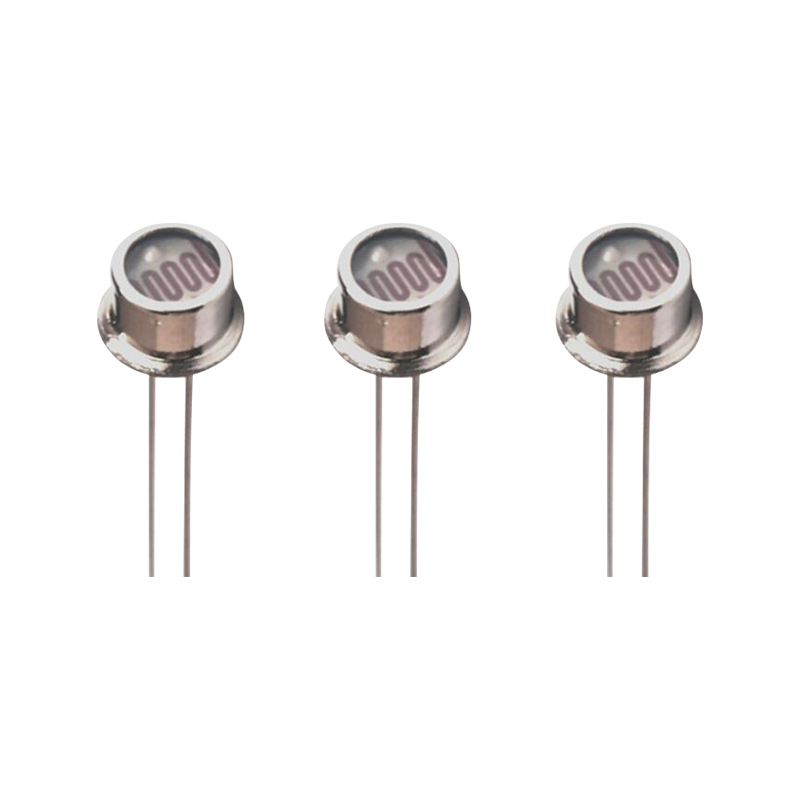 1004,West-CBD,No.139 Binhe Rd,Futian District,Shenzhen, China Post Code:518048
1004,West-CBD,No.139 Binhe Rd,Futian District,Shenzhen, China Post Code:518048
 +86-18682200597
+86-18682200597
 sales@szhaiwang.com
sales@szhaiwang.com
 1004,West-CBD,No.139 Binhe Rd,Futian District,Shenzhen, China Post Code:518048
1004,West-CBD,No.139 Binhe Rd,Futian District,Shenzhen, China Post Code:518048
 +86-18682200597
+86-18682200597
 sales@szhaiwang.com
sales@szhaiwang.com
source:Industry News release time:2022-04-16 Hits: Popular:Infrared sensing module

Since the global outbreak of the new crown epidemic in 2020, the epidemic has continued to remain high. In order to control the risk of the spread of the new crown epidemic and fully implement the normalized epidemic prevention and control strategy, continuous large-scale nucleic acid testing is very necessary. In order to improve the accuracy of nucleic acid detection, using a high-precision NTC thermistor as the sensor of the PID temperature control module can provide excellent real-time temperature measurement values for the PID temperature control module, thus ensuring that the PID temperature controller can accurately control temperature. The high-precision NTC thermistor produced by Nanjing Shiheng Electronic Technology Co., Ltd. has a maximum measurement accuracy of ±0.01 °C, accurate temperature measurement and high sensitivity, which greatly improves the accuracy of nucleic acid detection results, shortens nucleic acid detection time, and enables nucleic acid detection. Faster and more convenient.
How is nucleic acid detected? From a biomedical point of view, it is assumed that there may be only one virus in the throat swab test sample. Due to the small number, optical fluorescence cannot be detected, resulting in false negative test results for the new crown. Therefore, DNA/RNA amplification (cloning/replication) is required for analysis and detection. At present, the following two amplification techniques are commonly used: ① polymerase chain reaction (PCR, RT-PCR), ② loop-mediated isothermal amplification (LAMP). For example, by amplifying this viral DNA fragment into billions by PCR, and then performing nucleic acid optical fluorescence, no matter what the amount of virus in the throat swab, as long as there is virus, it can be detected, so the nucleic acid detection result is accurate. Sex is greatly increased.
These three key steps of PCR are shown in the following diagram:
The first step, Denaturing: the temperature is raised to 94-95°C, the hydrogen bonds connecting the double-stranded DNA are opened, and the double-stranded DNA becomes two single-stranded DNA (mother strands);
The second step, Annealing stage: The temperature is lowered to 50-56°C, and thermostable DNA polymerase (Taq) and deoxynucleoside triphosphates (dNTPs) are added. A DNA primer (Primer) binds to a specific position of the target amplified sequence on the opened DNA single strand.
The third step, Elongation: The temperature is raised to 72°C again, the two single strands of DNA are used as the template parent strand, and the DNA primer leads the DNA polymerase to place the dNTPs in the correct position to extend the daughter strand DNA. Since then, one double-stranded DNA has become two double-stranded DNA.
This cycle is repeated, and billions of DNA copies are quickly produced. In these three steps of PCR, in addition to adding the correct primer, the most important success factor is to control the accurate temperature.
Read recommendations:
The difference between NTCKSD thermostat and NTCKST thermostat
Electrical component symbols explanation
Popular Recommended Products
PIR203S Analog sensor
2021-12-09HW-16001000 Fresnel Linear Lens
2024-04-11PIR Lens 8120-5
2021-12-09PIR Lens 8002-1
2021-12-09PIR Lens 8003-2
2021-12-09PIR Lens SIR650
2021-12-09PIR Lens 7803
2021-12-09HW-XC510 Microwave sensor module
2024-04-07PIR Lens 8308-5
2021-12-09PIR Lens 8001-2
2021-12-09Φ12mm size with metal case
2021-11-27NTC thermistor and driving recorder
2023-08-10NTC temperature sensor with high temperature resistance 250 ~ 350 degrees
2023-02-11Application of radio frequency sensors in the field of robotics.Human Body Temperature Monitoring Se
2022-04-23Radial glass packaging NTC heat -sensitivity resistance.Ultrasonic module wholesaler
2023-05-20NTC thermistor for LED lighting system
2023-02-01Wireless charger NTC thermistor specifications.Motion sensor module
2023-06-25NTC temperature sensor for battery temperature measurement of battery car
2022-09-28NTC thermistor for smart electric foot bucket
2022-08-26Double NTC thermistor series temperature sensor.Infrared digital sensor module
2023-06-09Technical parameters and selection of catheter NTC temperature probe
2022-08-20
szhaiwang4@hotmail.com
+86-18682200597
sales@szhaiwang.com